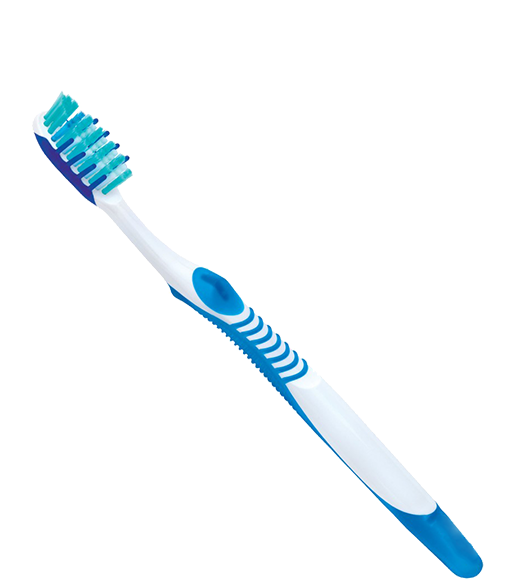The great story of a little everyday object

The traditional toothbrush was first invented in China in the late 15th century, in the form of a wooden or bone handle with silk bristles. Imported into Europe around 50 years later, it was considered such a luxury item that certain metal models, adorned with precious stones, were even worn around the neck. Long reserved for the aristocracy, it would soon become more widespread around the 19th century, and even more so during the Second World War when American soldiers were ordered to use them. Starting in 1938, due to a lack of supplies at the time, the natural silk of boar bristles would be replaced with Nylon, a new synthetic fibre sold by the American DuPont company in the same year.
The synthetic fibre prevented the development of bacteria in the toothbrush, but the rigidity and stiffness of the bristles made it painful to use. The diameter and ends of the bristles would be further refined in order to obtain flexible bristles providing optimal cleaning without damaging the gums. In the 1950s, the technical characteristics and mechanical properties were in the process of being refined and checked until the late 20th century when toothbrushes reached their current state of "perfection".
Now an ordinary everyday object that has become increasingly technical, this plastic handle with thin synthetic bristles is the latest development in a long series of instruments. Multi-coloured, transparent, ergonomic, fun, arty, manual or electric, it is still the subject of much technical, stylistic and marketing attention!





